The technology requires deeper study
Happy patient – he was a 59-year-old man who had suffered from type 2 diabetes mellitus for 25 years, – In 2021, Chinese doctors performed an innovative cell transplantation. Since 2022, he has not taken any medications for the disease. How did you achieve this result?

The experimental treatment used by Chinese scientists involved creating an artificial version of pancreatic cells, which produce insulin and control blood sugar.
The patient suffered from type 2 diabetes for 25 years and lost almost all of the functions of these pancreas. cells. He was at high risk of developing fatal complications and required several insulin injections daily to prevent him from slipping into a diabetic coma.
Until now, no one has been “cured” of diabetes, but doctors have figured out how to put it into remission. This requires patients to follow a strict diet and exercise program to prevent blood sugar problems from returning.
However, a case in China shows that it is possible to restore the body's ability to naturally regulate blood sugar levels without changing at the same time, the lifestyle of your patient.
Stem cells were used in the treatment. Under the right conditions, they can turn into brain, muscle, kidney, or even pancreas tissue.
This treatment used a new chemical cocktail to turn a patient's stem cells into pancreatic cells. In diabetics, the pancreas does not produce enough insulin to regulate blood sugar levels. Too much or too little blood sugar can cause nerve damage, kidney damage, heart disease and more.
Researchers suggest that by implanting new, lab-grown cells that can produce insulin, the patient can begin producing their own insulin again.
This is what doctors observed in the Chinese patient.
“I think that This study represents an important advance in the field of cell therapy for diabetes,” Timothy Kieffer, a professor of cellular and physiological sciences at the University of British Columbia in Canada who was not involved in the study, told South China Morning.
While this finding is encouraging, there is still a way to go before it is approved for the masses. Next, the scientists will have to test their therapy on more patients.
Professor Kieffer said once they have tested it on more people, they will need to find a way to scale up their work.
Currently, turning empty cells into functioning pancreatic cells is incredibly difficult, time-consuming and expensive. Scientists will have to simplify this process if it is to be available to most people.
It is likely that it will only help treat type 2 diabetes, which is the more common form of the disease.
Authors Type 1 diabetics whose pancreas has been attacked by the immune system may have a harder time using this treatment because their immune system may reject the new implanted cells, the study writes.
“Our technology has reached maturity and pushed the boundaries in the field of regenerative medicine for the treatment of diabetes,” said Dr. Yin Hao, one of the leading scientists.
The study was conducted in collaboration between three institutions based in Shanghai: Shanghai Changzheng Hospital, Center of Excellence in Molecular Cellular Sciences at the Chinese Academy of Sciences and Renji Hospital.
In the future, according to Professor Kieffer, this therapy could “free patients from the burden of chronic drug use, improve health and quality of life, and reduce healthcare costs.”




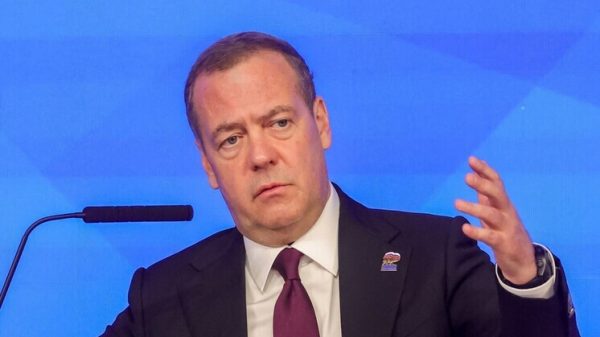




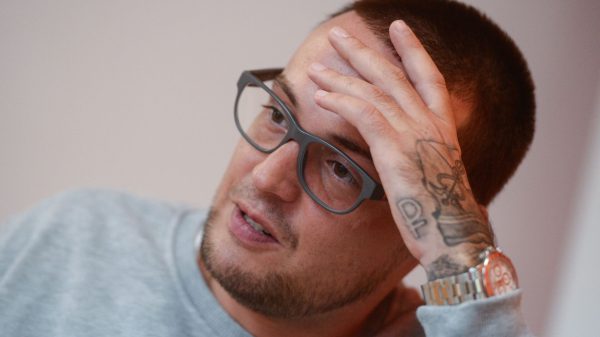
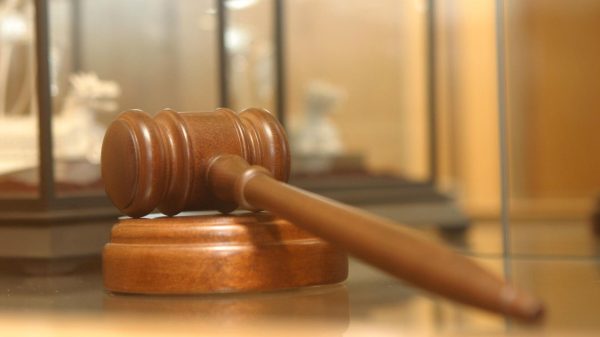




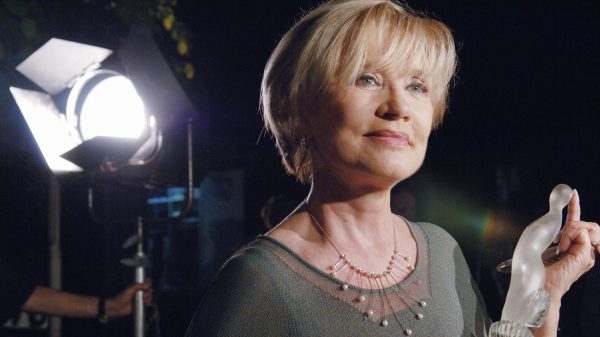




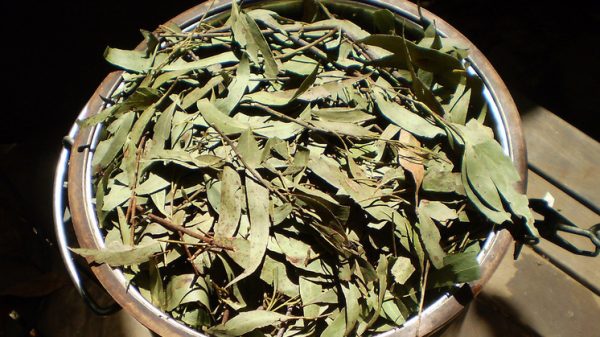









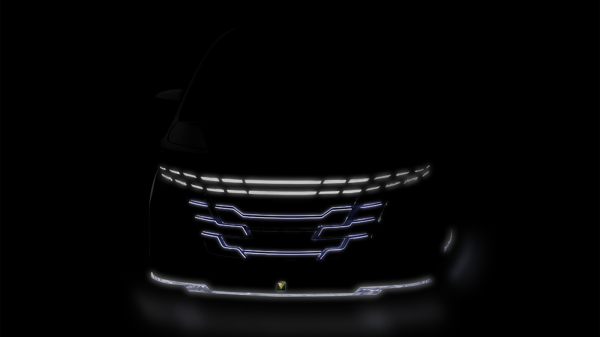
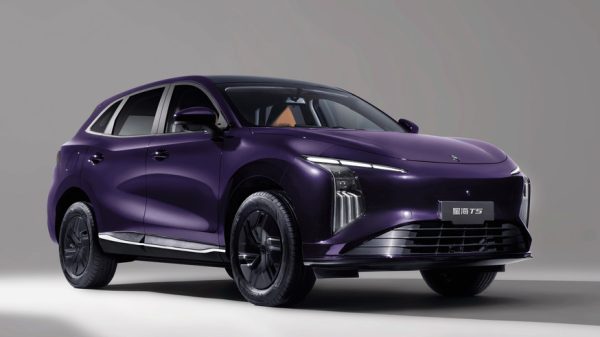








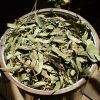














Свежие комментарии